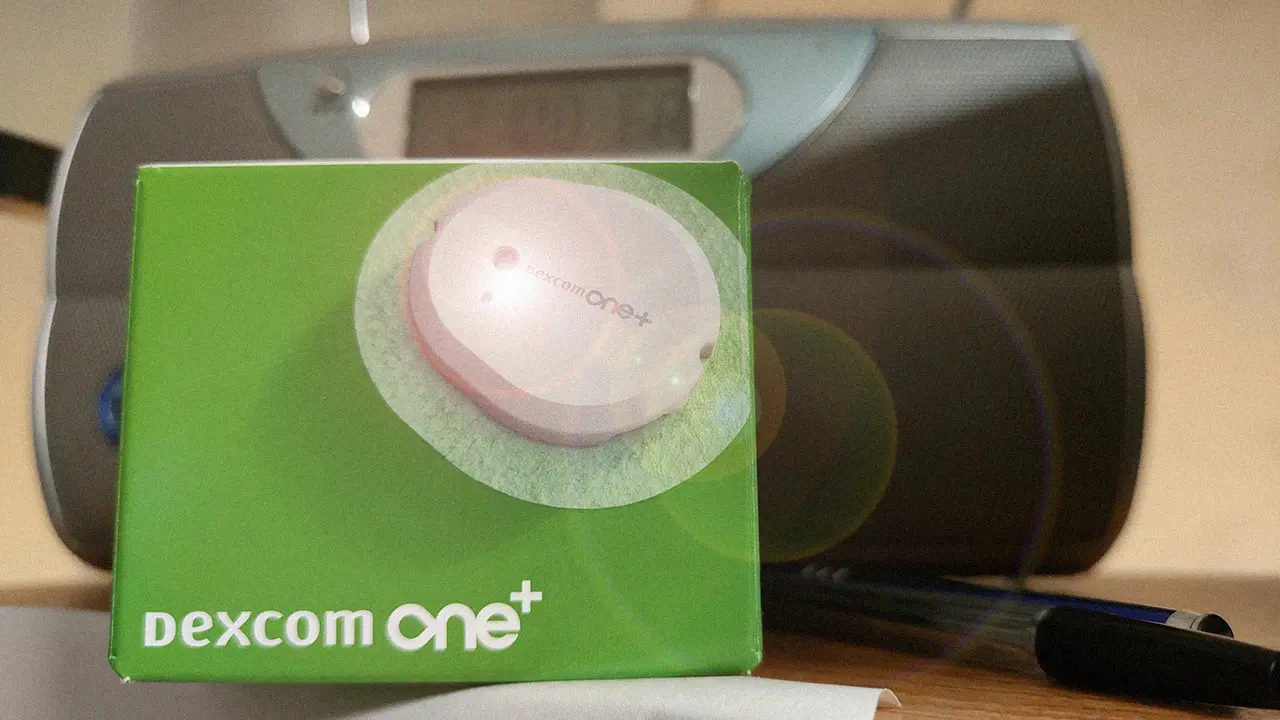Fasting blood glucose levels should usually be below 99 mg/dl. Maintaining adequate sugar levels can reduce the risk of developing diabetes and heart disease.
Glucose is the sugar that provides energy to our cells. The body breaks down other carbohydrates into glucose to use as an energy source, and stores the excess for later. It’s important for the body to have enough glucose, but not too much, so that blood glucose levels don’t get too high. Monitoring blood sugar levels helps control the amount of glucose circulating in the blood.
Normal blood glucose levels
According to the National Institute of Diabetes and Digestive and Kidney Diseases (NIDDK), a healthy fasting glucose level is below 99 mg/dl. In people with diabetes, these values can vary, so it is important to try to keep sugar levels in the right range.
Blood glucose levels fluctuate throughout the day. After a meal it rises, and after an hour it stabilizes. Our lowest glucose levels are usually before the first meal of the day. The American Diabetes Association recommends that people with diabetes aim for levels of 80-130 mg/dl before a meal and below 180 mg/dl within two hours after eating.
Elevated blood sugar levels
Persistently elevated blood sugar, or hyperglycemia, occurs when fasting glucose levels are above 125 mg/dl and two hours after eating exceed 180 mg/dl. Hyperglycemia can result from problems with insulin, the hormone responsible for regulating blood sugar levels. If the body does not produce enough insulin or the cells become less sensitive to it, glucose can build up in the blood, which can lead to the development of type 2 diabetes.

Other causes of high sugar levels include hormonal disorders, certain medications, pancreatic damage, intravenous feeding and gestational diabetes.
Symptoms of hyperglycemia include:
- dry mouth,
- frequent urination,
- increased thirst,
- fatigue,
- dizziness,
- blurred vision,
- headaches,
- nausea.
Untreated hyperglycemia can lead to more serious complications, such as nerve damage, blood vessel damage, and an increased risk of heart attack or stroke.
Low blood sugar levels
Hypoglycemia is a condition when sugar levels fall below 70 mg/dl. It most often affects people with type 1 diabetes. Causes can be malnutrition, excessive insulin intake, alcohol consumption or some rare cancers.
Symptoms of hypoglycemia include:
- Tingling in the mouth,
- trembling hands,
- pallor,
- sweating,
- heart palpitations,
- anxiety,
- dizziness.
Untreated severe hypoglycemia can be life-threatening.
What is glucose?
Glucose is the main source of energy for the body. It comes from carbohydrates in the diet, which the body breaks down into glucose. Insulin helps move glucose from the blood into the cells, and excess glucose is stored in the liver and muscles in the form of glycogen.
When we don’t eat for a long time, glucose levels drop and the pancreas releases the hormone glucagon, which breaks down glycogen, releasing glucose and raising blood sugar levels.
How to keep blood sugar stable?
To maintain healthy blood glucose levels, it is a good idea to control the amount and type of carbohydrates consumed. It is recommended to consume about 130 grams of carbohydrates per day, but it is important to choose complex carbohydrates that do not cause sugar spikes.
Good sources of carbohydrates are:
- whole-grain bread,
- Groats, oats, lentils,
- Beans and other legumes.
It’s a good idea to avoid products that contain large amounts of simple sugars, such as candy, sodas and sweetened desserts.
Glycemic index (GI)
The glycemic index (GI) assesses how quickly a product raises blood sugar levels. Foods with a low GI are more advisable, but it is worth remembering that fats, for example, can slow down the breakdown of carbohydrates.

Other ways to control sugar levels
In addition to diet, regular meals, consuming protein, drinking water, maintaining an appropriate body weight and regular physical activity (150 minutes of exercise per week) can help.
Source: https://www.medicalnewstoday.com/
How useful was this post?
Click on a star to rate it!
Average rating / 5. Vote count:
No votes so far! Be the first to rate this post.








